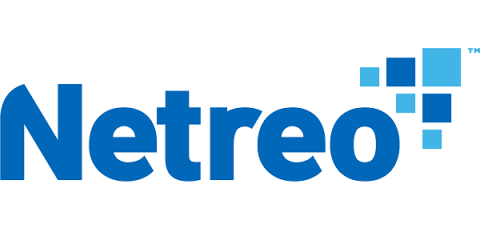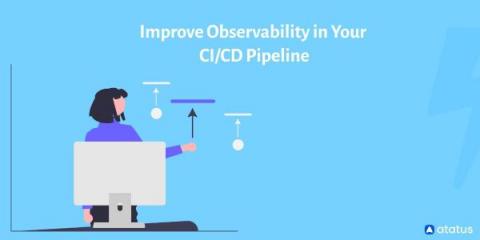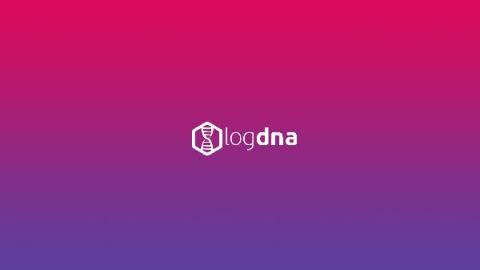New StackPod Episode: Best Practices for AWS Observability With Russell Foster of StackState
We’re excited to share that we are celebrating our tenth podcast episode! For this episode, we invited Russell Foster. As a DevOps engineer at StackState, Russell is responsible for making sure our SaaS product runs smoothly on AWS. Over the years, Russell has worked at both startups and more mature companies, where his responsibilities ranged from keeping things up and running in cloud environments to making sure hybrid and on-premise environments remain stable and reliable.











